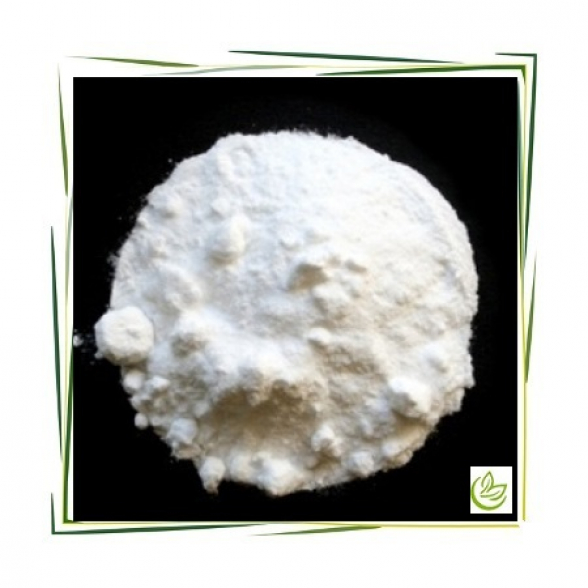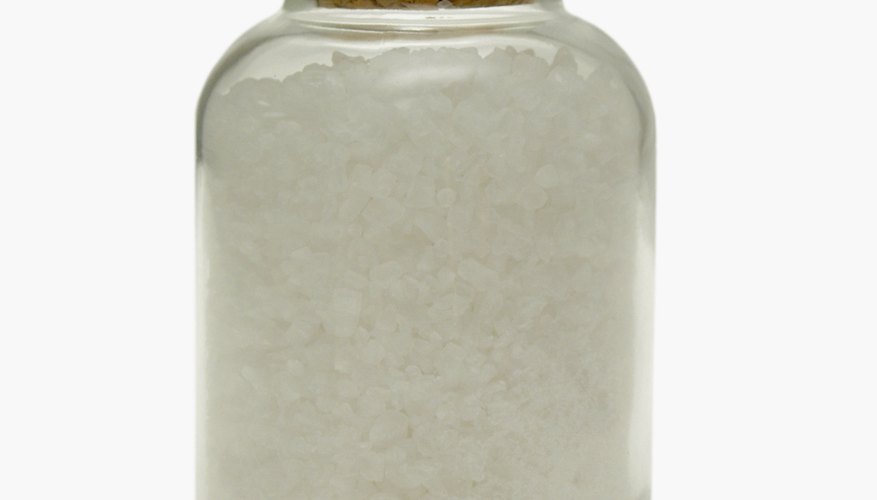

Sir John Franklin commanded the two ships-HMS Erebus and Terror-that sailed from England in May 1845 to search for the Northwest Passage. “I am delighted to announce that this year’s Victoria Strait Expedition has solved one of Canada’s greatest mysteries,” Harper’s statement reads, “with the discovery of one of the two ships belonging to the Franklin Expedition lost in 1846.” But the discovery of a shipwreck in frigid Arctic waters got just that treatment in September from Canadian Prime Minister Stephen Harper. Riding Amtrak, one may see traces of this story: the Astoria line diverging to the northwest at Willbridge, the parallel OE Rwy track at the Willamette River crossing near Harrisburg and Albany, the BNSF freights on trackage rights between Chemult and Merrill (KFS), and the Oregon Trunk wye and bridge at Wishram.Rare is the archaeological discovery that gets announced by a head of government. A timetable for the San Francisco section of the Empire Builder was published, but never implemented. The wave of construction ended in 1931 with completion of the Inside Gateway link between the Hill lines and the Western Pacific.


The Harriman lines (UP today) responded with several major projects, among them the Natron Cut-off (the Chemult to Oakridge segment of the Cascade Line). The Gould interests were pushing west from Salt Lake City with the Western Pacific and David Moffat was publicly speculating about extending the Denver & Salt Lake into Oregon. And complete with shootings and sabotage, the Oregon Trunk was building along the Deschutes south from Wishram. The Oregon Electric Railway bought parlor lounge and sleeping cars in planning to link up with the fellow interurban Sacramento Northern. The SP&S began running boat trains on the Astoria line, coordinated with the "twin palaces of the North Pacific" - the S.S. The exceptions were small coastal steamers and river boats on the Willamette and Sacramento Rivers.Īs the 20th century began, the SP was suddenly faced with a three-pronged attack by the Hill lines (BNSF today). For two generations, the O&C, which came under the Oregon Division of the SP, had a monopoly and acted like one.

Some other background on how this came about.


 0 kommentar(er)
0 kommentar(er)
